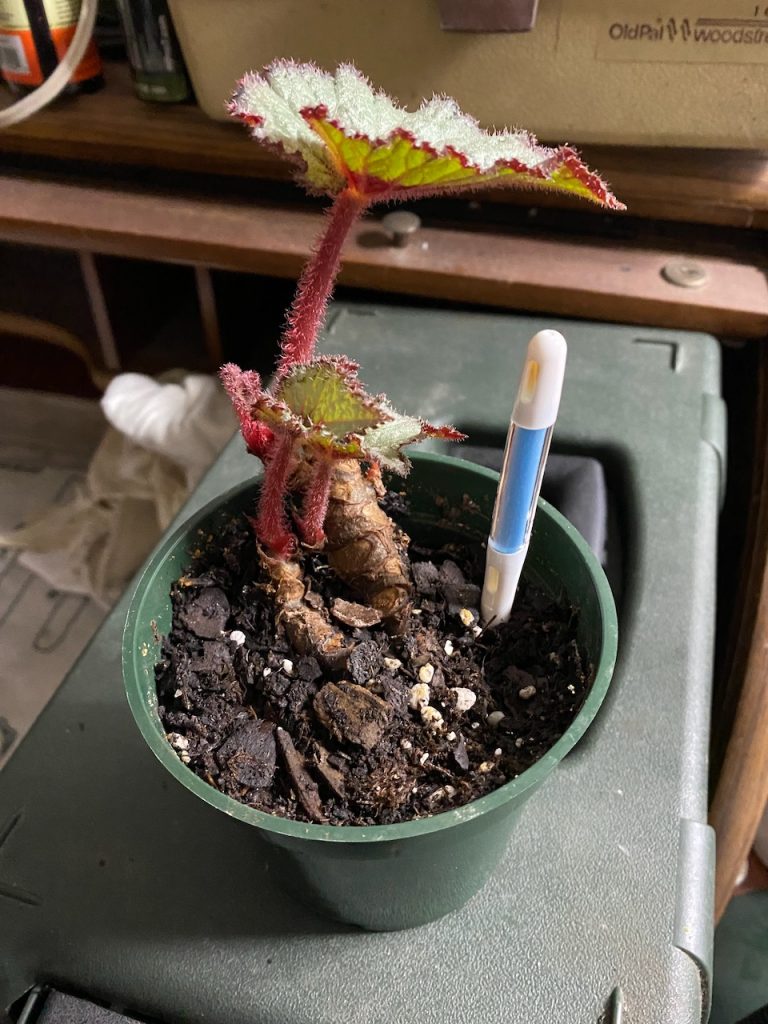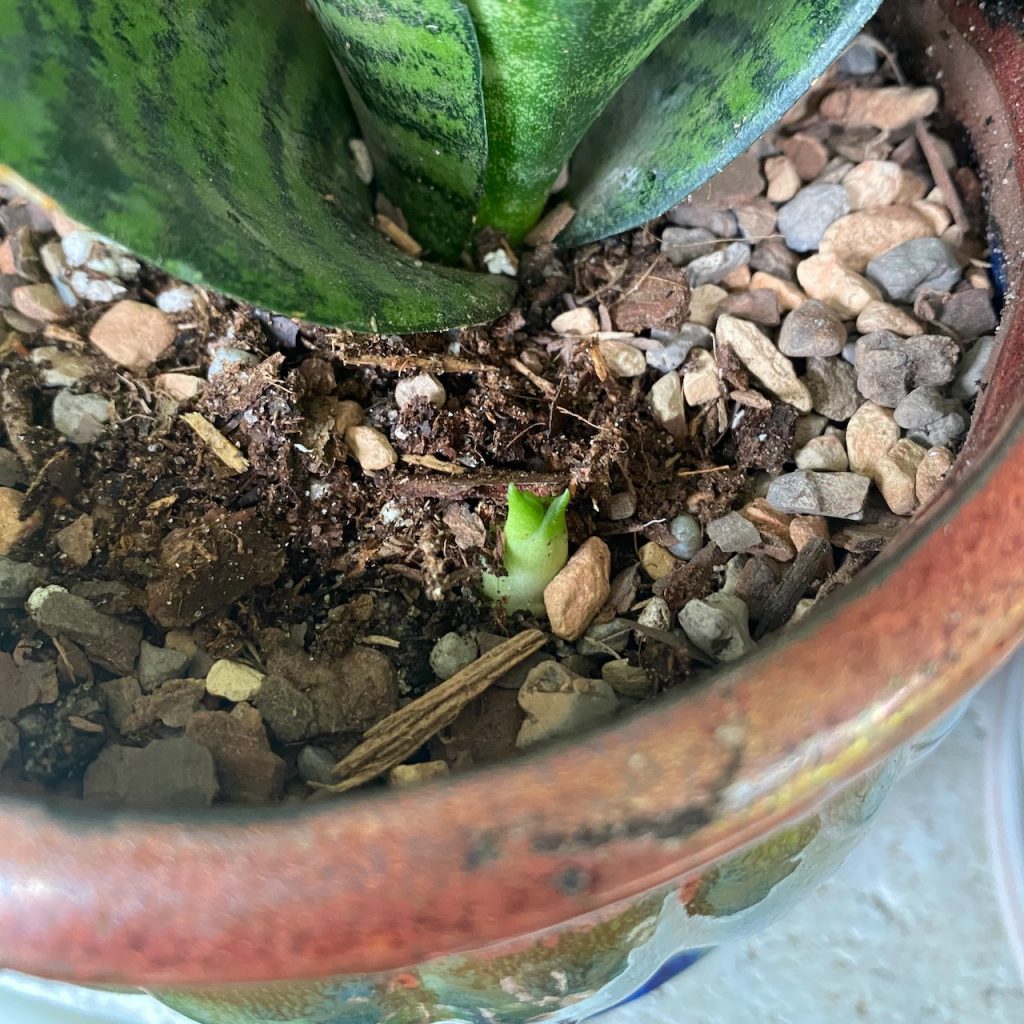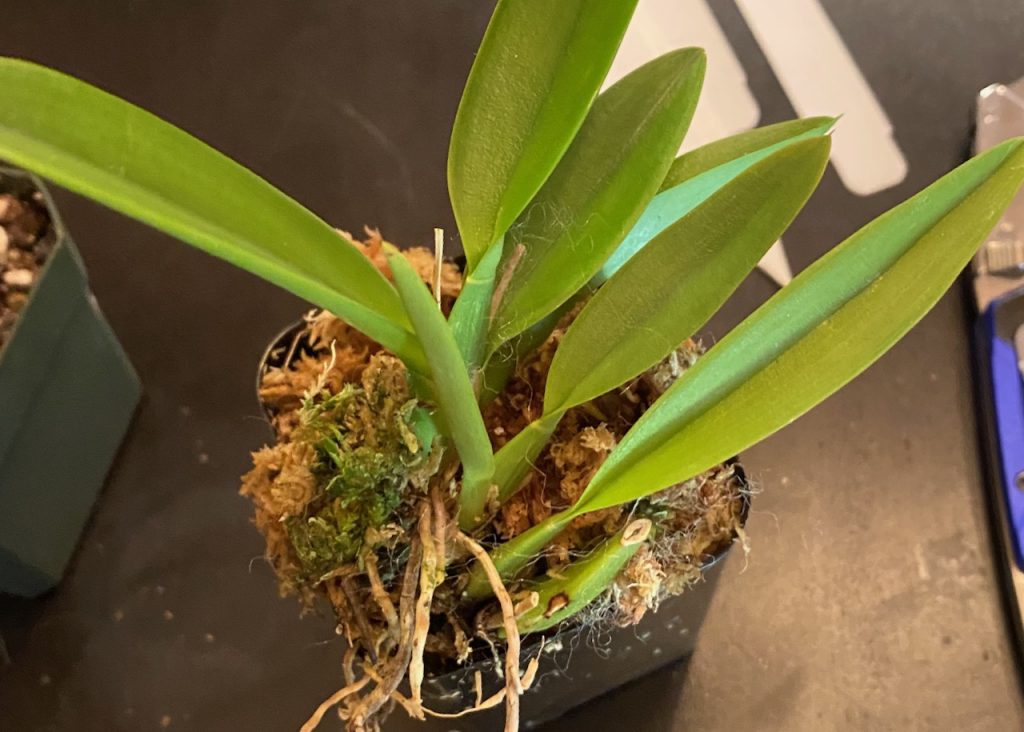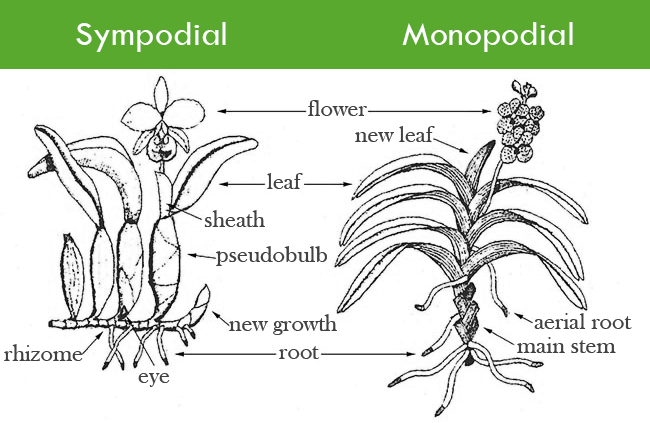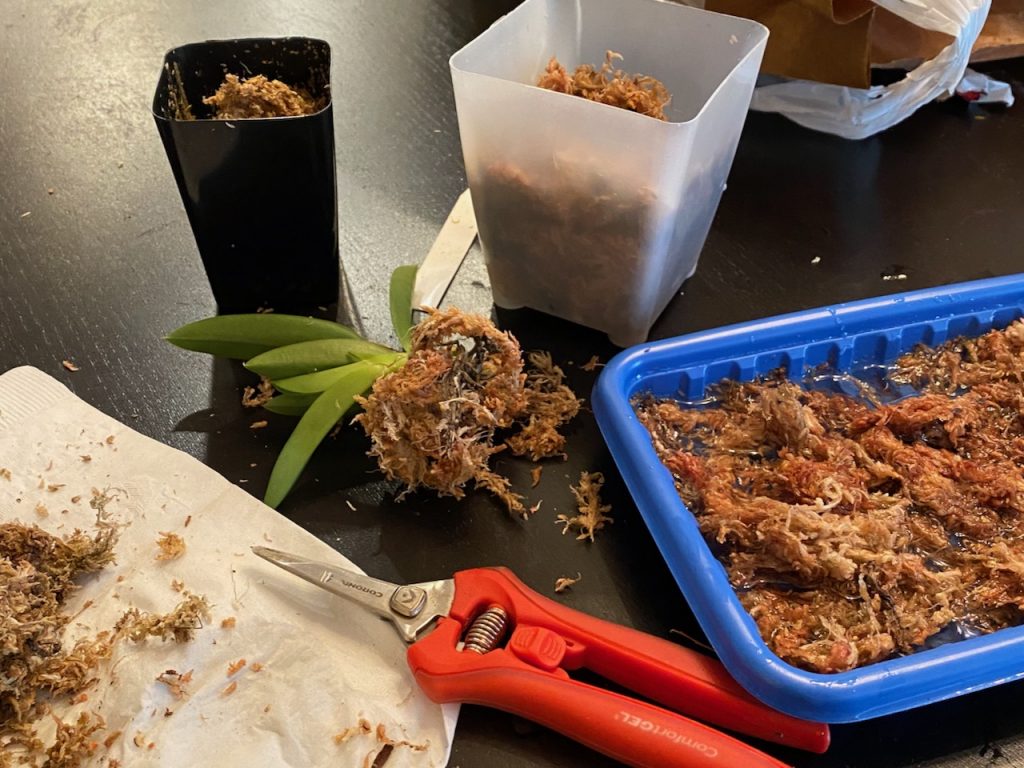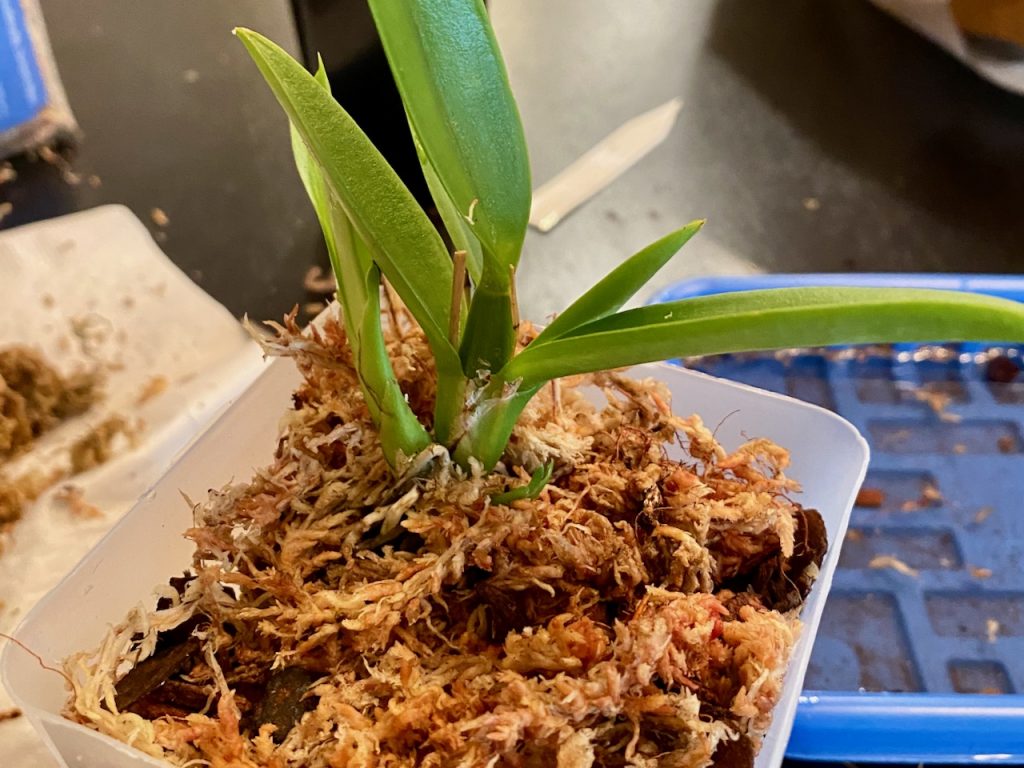I recently had the experience of trying to rescue a rex begonia from shipping damage. A few weeks ago, I purchased a few things from a reputable nursery online. Even though shipping was really fast, their packaging was pretty horrendous, especially for tropical plants. I purchased a few things: a Cathedral Window Calathea, a Calathea Vittata, an ‘Arctic Ice’ Rex Begonia and a Pilea ‘Moon Valley.’
Even though all the plants were moist and wrapped with bubble wrap and a heat pack in the bottom, it was the bubble wrap that ultimately did them in. The plastic wrap trapped the moisture within the packaging resulting in moisture damage. In fact, the leaves on the begonia were absolutely soaking wet and mushy when I unpacked it.
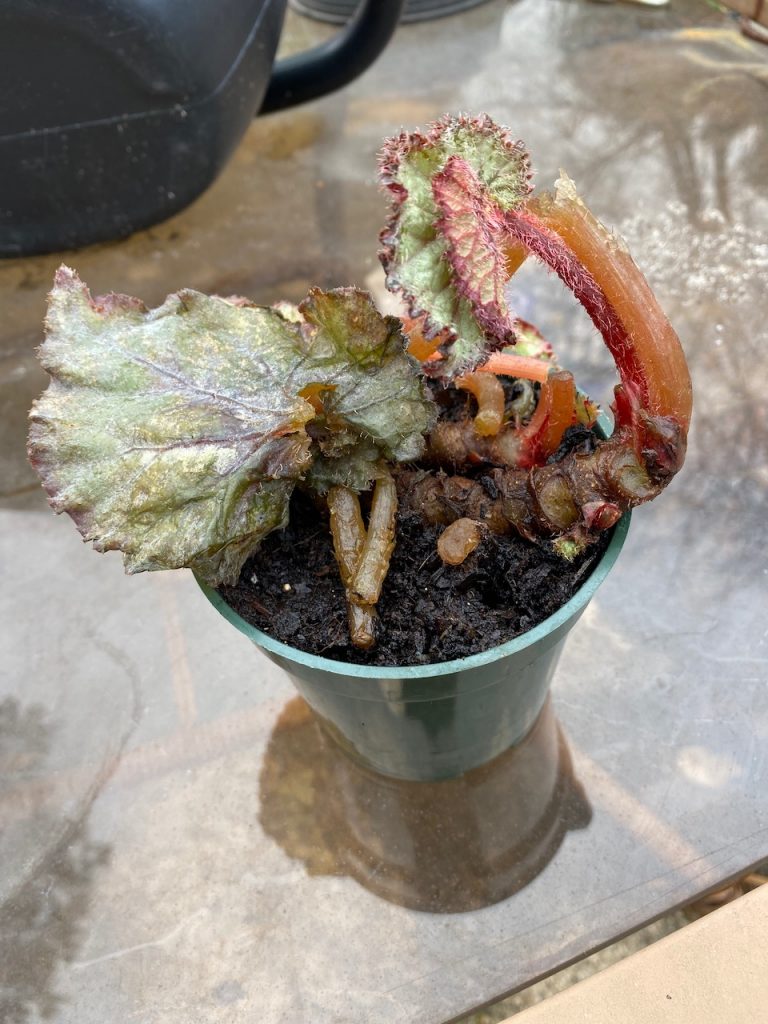
How to Rescue Your Rex Begonia from Moisture Damage
The first thing I did was contact the nursery and notify them of the damage. Online vendors need to know how their packing methods affect their plants, especially if it has a negative result so they can hopefully prevent it in the future with other customers.
Oftentimes they will issue a refund or send you a new replacement. In this case, the company apologized for the damage and issued a complete refund. They also provided some helpful tips on how to nurse the plant back to health. They said that it would look ugly for a few weeks, but if cared for properly, it would revive and send out new leaves from the rhizome.
The next thing I did was cut off any mushy growth (which was almost all of its leaves) and completely change out the potting soil for fresh new potting soil. Damaged growth will only hinder a plant’s ability to regenerate so it’s best to get rid of it. I also examined the rhizome to see if it was damaged also, but it was firm and didn’t have any soft or mushy tissue. As far as the potting soil, I went with a mixture that was a little more organic with some drainage to keep it moist.
Once I did that, I gave it a little drink of Liquinox Vitamin B-1 Start for new plantings and transplants, but any kind of transplant booster should be fine. I’ve been using this one for years and have had great success.
This next part, I’ve learned, is crucial to the success of any plant recovery mission and that’s giving the plant lots of light. Plants need light for photosynthesis, which is the process of converting carbohydrates into energy. They then use that energy for various functions such as root and foliage growth. Without enough energy, the plant struggles and uses its stored energy to supplement its growth. However, once that stored energy is depleted, the plant eventually dies.
Another thing you may want to consider is placing the weak plant on a seedling heat mat. I have several of these that I use in late winter when I want to start my tomato and pepper seedlings for the spring. It provides a gentle, bottom-heat that aids in root growth and plant development. The one I use is the VIVOSUN Seedling Heat Mat. I have it in a couple different sizes so choose whichever one suits your setup.
Results
The first two weeks, I kept a close eye on it. I made sure to only water it when the top layer of soil was beginning to show signs of dryness. By the third week, the new growth was already beginning to show the characteristic leaf shape of the Rex Begonia.
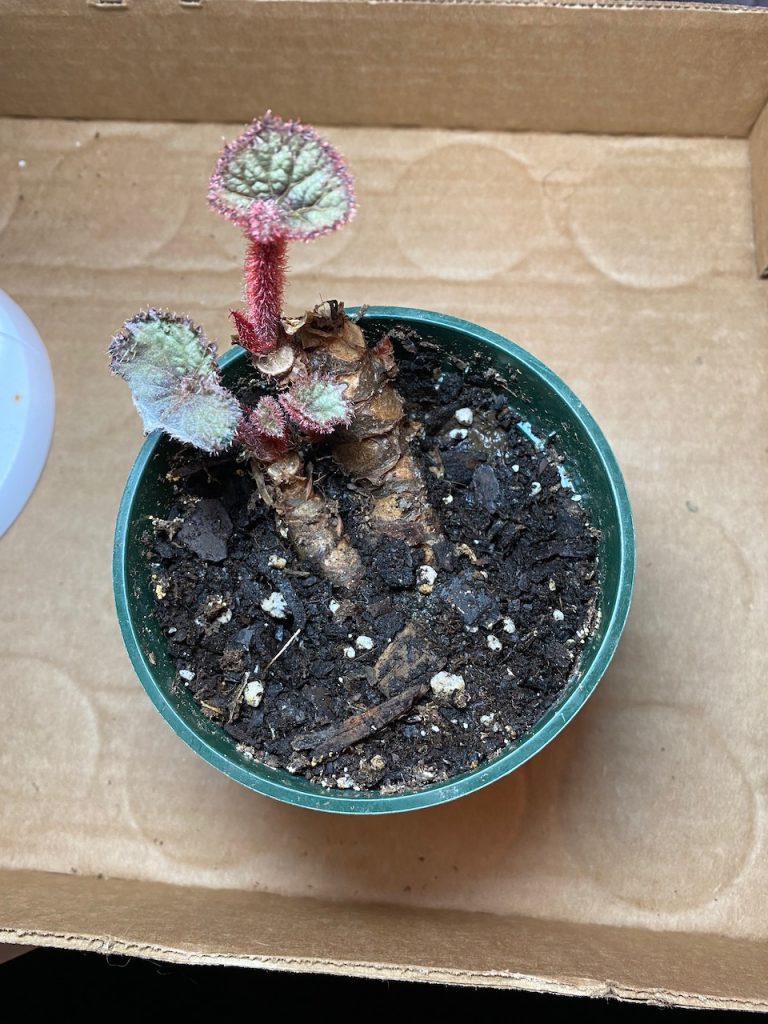
Once it was at this stage, I then started to water it with a diluted solution of fish emulsion and kelp. I figured this kind of fertilizer was gentle enough to avoid overwhelming it. By the 4th week, I noticed a significant boost in growth. Definitely seemed like a success. Will continue to post updates of its progress in the future.
